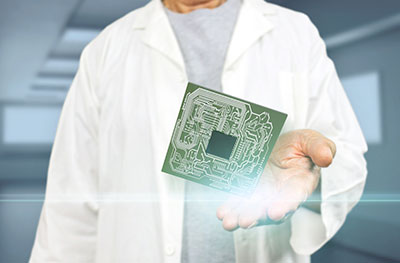Contents
Electronic components used in the shipping, military, aerospace, and automotive industry have to work in high-humidity and high-temperature environments, causing damages. Moreover, PCB boards and their components may encounter defects such as softening, erosion, and deformation. Therefore, to ensure the functionality and longevity of the board, some PCB coating must be applied to the surface of the board.
Choosing the best/ideal type of layer and the selection principles for your application are essential. Sadly, weeding through a ton of information found online is tasking. Well, not anymore. This article will assist you with all the information you need regarding PCB coating functions and selecting principles, among others.
Merits/Advantages of PCB Coating
Depending on its applicability, a printed circuit board can suffer from elements such as dust, moisture, and extreme temperatures, and as such, coatings are necessary. A surface is more of a protective non-conductive layer applied to a PCB and its parts to protect it from damage. But what are the benefits associated with PCB coating? Why consider PCB coating?
There are several benefits associated with PCB coating worth noting.
- Coated printed circuit boards last longer than those lacking some layer.
- PCB coating helps to inhibit instances of corrosion by protecting the assembly against acid and chemical attacks.
- Doing a coat prevents damage during board construction, installation, and applicability while protecting the board from thermal shock.
Lately, PCB coating is skyrocketing because it enhances board performance while allowing for higher component density. According to a majority of printed circuit board manufacturers, coating ensures the avoidance of particulate contamination. Without any covering, particulate matter found on PCBs may encounter failure and affect a board’s functionality.
The above is not all. PCB coating is also advantageous since it saves significant space by reducing a board’s conductor spacing. With PCB coating also, the need to have in place complex and sophisticated enclosures is eliminated. Such complex and sophisticated chassis are done away with since PCB coating safeguards a board’s entire assembly. In short, the pros of PCB coating outweigh the cons by far, a reason why PCB coating is currently on the rise.
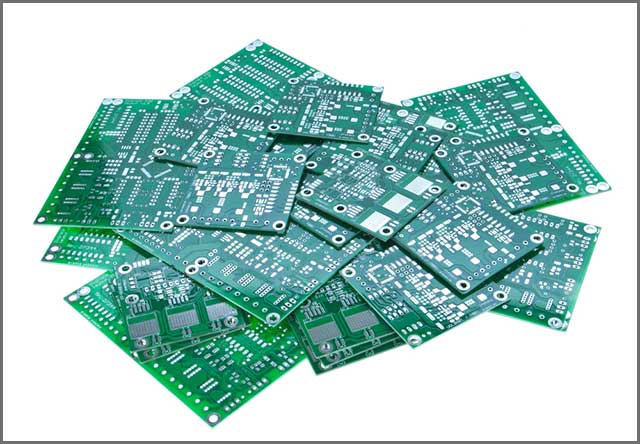
Common Types of PCB Coating
There are several options for coating technologies, but the best choice depends on the protection required. While there are plenty of PCB coating options, there are five standard options based on the chemical makeup as highlighted below:
• Urethane Resin
This type of coating is well known for its chemical resistance and excellent moisture. Additionally, they are highly abrasion and solvent resistant, meaning that it is difficult to remove. This type of coating is prevalent in aerospace applications, whereby exposure to fuel vapor is every day.
• Acrylic Resin
Acrylic coating provides not only good elasticity but general protection too. This type of surface is best due to its good moisture and abrasion resistance in addition to its vast dielectric strength. Better yet, acrylic coatings are quick and easy to remove using several solvents, making field repair and rework economical.
• Epoxy Resin
Epoxy resins are available or come in two-part compounds. Epoxy resin comes with a tough coating. This type of surface offers excellent humidity resistance and is not porous like other forms of layers. They are also highly resistant to abrasion and chemicals. Generally, they are difficult to remove when curing is done and not as flexible as other materials.
• Silicone Resin
This type of coating provides the best protection in a wide range of temperature changes. Silicone resin is very flexible and offers excellent chemical, salt spray, and moisture resistance. Sadly, this type of adhesive is not abrasion resistant due to its rubbery nature, but this property doesn’t make it resilient against constant vibrations. Silicone coatings are standard in devices operating in high humidity places such as outdoor signage.
• Parylene Coating
Parylene coating is a unique type of surface carried out through vapor phase deposition. The parylene layer provides good dielectric strength and is superior to solvents, high temperatures, and moisture. Due to the vapor deposition method, this type of surface can be applied thin and still offer excellent board protection.
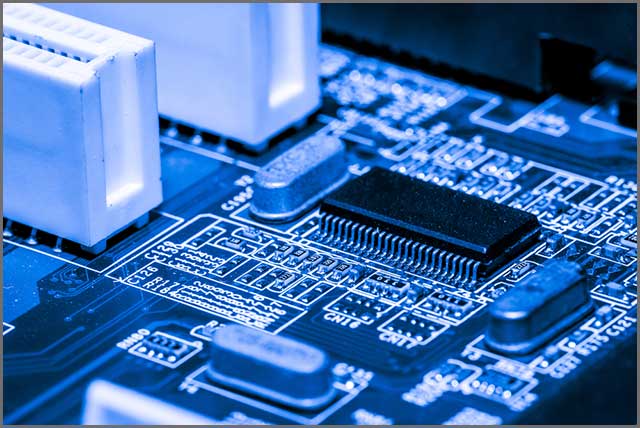
Common PCB Coating Application Methods
Once the type of coating is complete, the next thing to consider is how to go about applying the coat. Highlighted below are some of the most common application methods.
• Dipping
Dipping is a standard PCB coating technique/method for high volume processing. Here, the circuit board gets immersed and then withdrawn from the coating solution. Dipping is practical when it is acceptable to coat both sides of the board.
• Brushing
Brushing is a simple application technique that is commonly applied in rework and repair. Here, the coating gets applied using a brush to some specific areas of the board. While brushing happens to be low cost, it is a bit labor-intensive and a highly variable method. It is best suited for little production runs.
• PCB Coating–Manual Spraying
Here, a coating is applied either by an aerosol or a handheld spray gun. This type of surface is usually used for or involved in low-volume manufacturing when capital is not sufficient. Sadly, manual spraying is time-consuming since areas that don’t need coating must require some masking first.
• Automated Spraying
Here, a programmed spray system moves the PCB on a conveyor under a spray that easily applies the layer.
• PCB Coating–Selective Coating
Selective coating involves an automated coating process using programmable robotic spray nozzles that apply a coat to specific areas on the PCB. This type of surface is applicable in high volume production and doesn’t require masking.
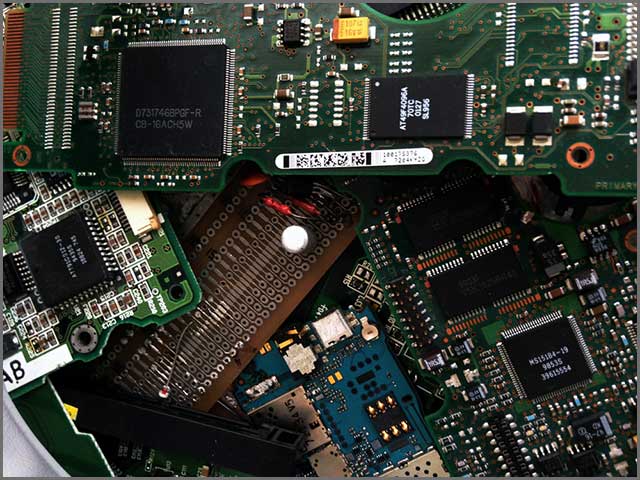
Selection Principles
Based on different processing properties and physiochemical properties, PCB coating must be selected based on several considerations. Some of the essential reviews include electrical performance, operating environment, and the layout of the PCB. In some cases, you may find that you have to meet specific transportation, military, or other industry standards. In short, the PCB coating must meet the demands highlighted below:
- Feature excellent flexibility
- Must feature a long shelf time
- Easy to spray and feature low viscosity
- Get curing at high speeds without the by-products generated
- Reworkable
- Should be low cost and feature low toxicity
- Withstand a wide range of temperature changes
- Able to protect the board from mechanical impact or either high or low temperatures
Once you meet the above criteria, you can then decide on some of the relative merits of different coating products that will meet your needs. The way to approach the selection process is, to begin with, all your requirements first.
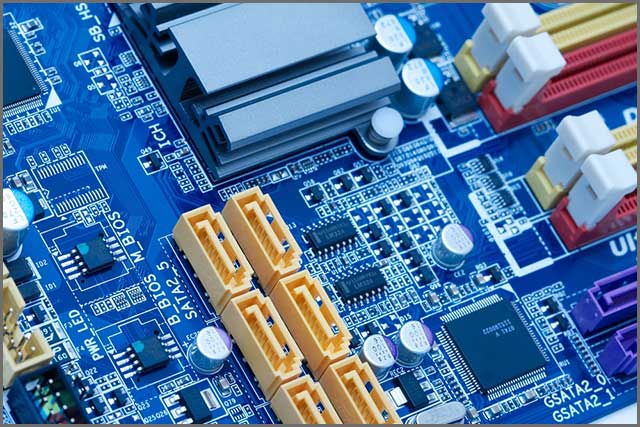
PCB Coating–Why Choose WellPCB?
PCB coating plays an essential role in protecting electronic components that we use today. As electronic packages continue to become more complex and smaller, we at WellPCB will continue to deliver coatings that meet the industry’s needs. WellPCB provides world-class PCB coating services to aerospace, electronics, space exploration, and marine industries.
WellPCB is an excellent choice for protecting your PCBs from exposure to extreme environments – be it human sweat, weather, and atmospheric conditions, among others. Electronic components must meet complex specifications to ensure reliability and trouble-free life regardless of the end-user. All combined, the benefits that WellPCB offers make it the ultimate PCB coating provider for electronic components and devices.
At WellPCB, we offer a complete series of PCB coating to meet applicators’ protection requirements. We offer specific and commercial PCB coating, and we hold all our layers to some of the highest performing standards. If you are in the market for reliable PCBs well coated, look no further than WellPCB. We have a reputation for excellence in the production, application, and education of using the best PCB coating systems.
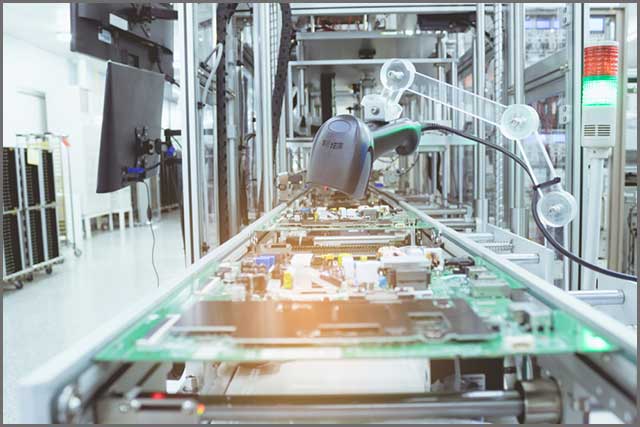
Conclusion
The electronics industry encompasses a wide range of applications that need printed circuit boards in hostile environments. Protecting or somewhat shielding the PCB is crucial, but protecting it with the right coating is essential. In current electronics, nothing beats reliability. Manufacturers globally expect failsafe conditions that come with long-term usage while ensuring that costs are kept low. A PCB coating enhances the protection of the board and better functionality. The pboard’s security is essential primarily when the board and its components operate under adverse conditions.
When selecting the coating type to use, it is necessary to consider aspects such as repair, rework, and environmental conditions, among others. In short, coated PCBs last long during their operation and have the ability to withstand instances of rough handling and thermal stresses. Coating printed circuit boards also protect them from cases of corrosion and contaminants.
